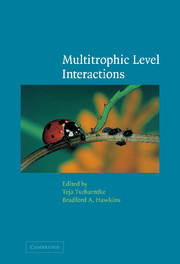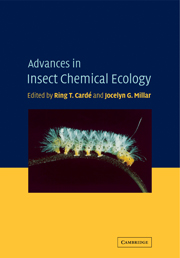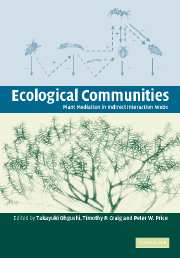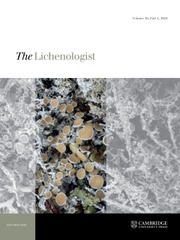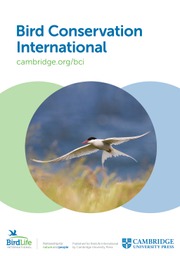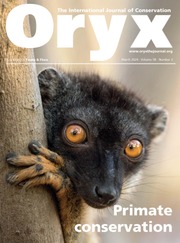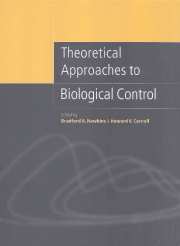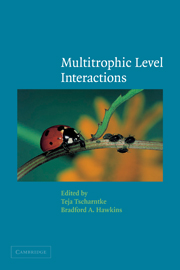Pattern and Process in Host-Parasitoid Interactions
Parasitoids are insects that parasitize and eventually kill other insects. Between one and two million species of parasitoid insect exist on the earth today. This book explores how this staggering diversity is maintained and documents patterns in host-parasitoid interactions, including parasitoid community richness, the importance of parasitoids as mortality factors, and their impact on host densities as determined by the outcomes of parasitoid introductions for biological control. It documents general patterns using data sets generated from the global literature and evaluates potential underlying biological, ecological, and evolutionary mechanisms. A theme running throughout the book is the importance of host refuges as a major constraint on host-parasitoid interactions.
- Broad appeal; population biology, community ecology, pest control and biodiversity
- First attempt to pull together the global empirical host-parasitoid literature
- Biodiversity and use of non-chemical pest control measures still of major public interest
Reviews & endorsements
"...a stimulating contribution to the study of community ecology of parasitoids...the book will certainly provoke discussion...I recommend it to all students of parasitoids and to all interested in community ecology." Jacques J.M. van Alphen, Ecology
"The book is well written and will certainly be of value to those interested in community ecology, population biology, entomology, parasitoid-host relationships and biological control." S. Bradleigh Vinson, Écoscience
Product details
September 2005Paperback
9780521019446
204 pages
229 × 154 × 13 mm
0.319kg
54 b/w illus. 21 tables
Available
Table of Contents
- Preface
- 1. Introduction
- 2. Data and methodology
- 3. Parasitoid species richness
- 4. Taxonomic composition and generalist versus specialist parasitoids
- 5. Host mortality and the impact of parasitoids on host densities
- 6. Hyperparasitoids
- 7. Synthesis
- References
- Index.


